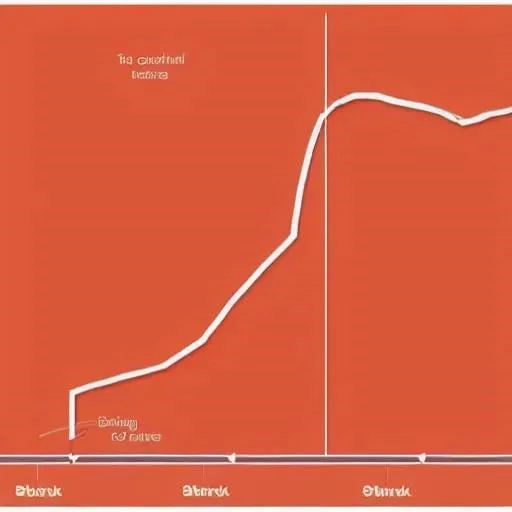For many navigating the often-complex world of automotive finance, the idea of taking over someone else’s car loan seems like a distant dream, if not an outright impossibility. Common wisdom often dictates that once a loan is secured, its terms are rigidly fixed to the original borrower, creating an impenetrable financial barrier. However, as the financial landscape continually evolves, so too do the possibilities for flexible solutions, offering surprising avenues for those seeking to assume an existing auto loan. This seemingly niche concept is gaining traction as individuals explore innovative ways to manage vehicle ownership, whether due to unforeseen life changes or strategic financial planning. It’s time to shed the old assumptions and delve into the remarkably dynamic reality of car loan transfers, revealing a path forward that is far more accessible than widely believed.
In today’s fast-paced economy, where adaptability is paramount, understanding the nuances of auto loan assumption can be a game-changer. Imagine a scenario where a friend needs to divest their vehicle quickly, or a family member wishes to pass on a well-maintained car without the hassle of a full sale and new financing. The traditional hurdles might appear daunting, but with a clear strategy and the right knowledge, these transitions are not only feasible but increasingly streamlined. By integrating insights from leading financial experts and examining current industry practices, we uncover how borrowers can effectively navigate this process, turning a perceived impossibility into a tangible, beneficial reality. This forward-looking approach promises to empower countless individuals, offering both financial relief and new ownership opportunities.
Car Loan Assumption & Transfer Essentials | |
|---|---|
| Concept Definition | Car loan assumption, or transfer, refers to the process where a new borrower legally takes over the financial responsibility for an existing auto loan from the original borrower. |
| Key Requirement | Lender approval is absolutely mandatory for any formal loan transfer. Without the current lender’s consent, the original borrower remains liable. |
| Methods of Transfer |
|
| New Borrower Criteria | Must undergo a credit check and meet the lender’s financial qualifications. A strong credit score significantly improves approval chances. |
| Process Steps |
|
| Potential Implications | May create a taxable event for the original borrower if the transfer is considered a sale or gift. Consult a tax professional. |
| Reference Link | Consumer Financial Protection Bureau ⎻ Auto Loans |
Delving deeper, the feasibility of transferring a car loan hinges critically on the policies of the original lender. While it’s true that many traditional lenders have historically been hesitant, some financial institutions are now offering more flexible options, recognizing the evolving needs of their clientele. According to industry analysts, a growing number of specialized lenders are beginning to incorporate “assumable loan” clauses, particularly when a high level of trust exists between the parties involved, such as family members or close associates. This shift reflects a broader trend towards customized financial solutions, moving away from a one-size-fits-all approach. Prospective new borrowers are invariably subjected to a rigorous credit check, ensuring they possess the financial stability to honor the remaining obligations. A stellar credit score, coupled with a solid income, dramatically increases the likelihood of a successful transfer, demonstrating financial responsibility to the lender.
Beyond direct assumption, other viable pathways exist for those looking to facilitate a vehicle transfer. One incredibly effective method is refinancing, where the new owner applies for an entirely new loan in their own name, specifically designed to pay off the original debt. This strategy is particularly appealing if the new borrower has a strong credit profile, potentially securing more favorable interest rates and terms than the existing loan. Alternatively, the vehicle can simply be sold, with the buyer obtaining their own financing to purchase the car outright, thereby settling the original loan. This approach, while straightforward, necessitates a clear understanding of market value and often involves a more traditional sales process. Each method, while achieving the same outcome of transferring financial responsibility, presents its own unique set of advantages and procedural steps, requiring careful consideration and planning.
Expert opinions consistently emphasize the critical importance of transparent communication with the current lender from the outset. “Proactive engagement with your lender is paramount,” advises Sarah Chen, a senior financial advisor specializing in consumer credit. “They are your primary gatekeepers to this process, and understanding their specific requirements and any potential fees upfront can save considerable time and frustration.” By clearly articulating the situation and demonstrating a solid plan, borrowers can transform a potentially complex procedure into a smooth transaction. Furthermore, understanding the legal implications, such as potential taxable events arising from the transfer, is crucial. Consulting with a financial advisor or tax professional can provide invaluable guidance, ensuring all parties are fully prepared for any fiscal consequences, thereby avoiding unwelcome surprises down the line.






